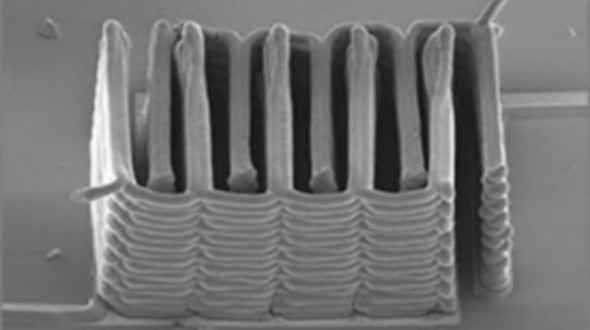Research has enabled the development of a new technique for printing rechargeable batteries on any surface.
According to Tech Times, the new technology could be crucial when it comes to powering prospective electronic gadgets that require diversely shaped batteries like roll-up screens and enlarged reality headsets. Scientists attributed to the innovation assert that people might utilize a 3D printer to print batteries of different shapes in entirety, including electrolytes fluids and electrodes.
Under the leadership of Sang-Young Lee - Ulsan National Institute of Science and Technology, South Korea - the research team published an article in Nano Letters giving a description of the innovation.
Normally, separator membranes and electrodes are either piled on top of each other or wound and stacked into metallic cases to create Li-ion batteries. The next step is injecting the cases with electrolyte solutions. The process, however, has made it hard to develop differently shaped batteries.
In the new method, there is no need for a liquid electrolyte or separator membranes. Instead, a paste is used as an electrolyte and slurry forms the electrodes. The two can be printed subsequently on any surface before being cured using UV light to enable the paste and slurry to be printable on anything.
In any interview with PhysOrg, Lee said, "All battery items like electrolytes, cathodes, and anodes can be printed on indiscriminate surfaces of sophisticated geometries, thereby facilitating the unified incorporation of shape-suited solid-state rechargeable batteries with different form factors into comprehensive-shaped objects."
As an illustration, the research team printed a battery that was heart-shaped and a different one on paper glasses that appeared like Google Glass. The two batteries have the same properties as the rest of flexible batteries in user today, giving great long-term storage and 90 percent capacity after 30 cycles.
However, the new technology could become obsolete over time, particularly with devices like bendable smartphones and wearable gadgets.



























